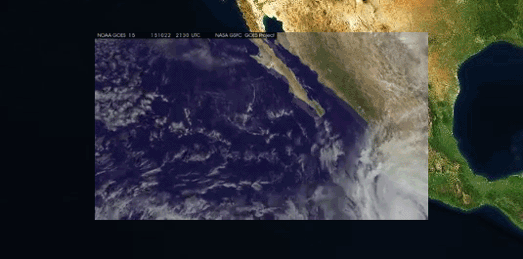Сообщения
Сообщения за июнь, 2017
Fried Chicken Route Planners
- Получить ссылку
- X
- Электронная почта
- Другие приложения
Being Healthy will Kill You
- Получить ссылку
- X
- Электронная почта
- Другие приложения
The Movement of Refugees Around the World
- Получить ссылку
- X
- Электронная почта
- Другие приложения
Mapping Future Climate Change
- Получить ссылку
- X
- Электронная почта
- Другие приложения
Aerial Video Mapping
- Получить ссылку
- X
- Электронная почта
- Другие приложения
Melbourne's Future City Skyline
- Получить ссылку
- X
- Электронная почта
- Другие приложения
Mapbox Cartogram
- Получить ссылку
- X
- Электронная почта
- Другие приложения
Free Eclipse Glasses
- Получить ссылку
- X
- Электронная почта
- Другие приложения
Mapping the Jewish Occupation of Hebron
- Получить ссылку
- X
- Электронная почта
- Другие приложения
Great Journeys in Time
- Получить ссылку
- X
- Электронная почта
- Другие приложения
How to Make an RPG Game with Google Maps
- Получить ссылку
- X
- Электронная почта
- Другие приложения
Insects in the City
- Получить ссылку
- X
- Электронная почта
- Другие приложения
City Cycling Stress Scores
- Получить ссылку
- X
- Электронная почта
- Другие приложения
Sonnets on the Streets of Seattle
- Получить ссылку
- X
- Электронная почта
- Другие приложения
The Rent in Spain Falls Mainly Down the Drain
- Получить ссылку
- X
- Электронная почта
- Другие приложения
Degradation of the Amazon Rainforests
- Получить ссылку
- X
- Электронная почта
- Другие приложения
Where Cars Rule the City Streets
- Получить ссылку
- X
- Электронная почта
- Другие приложения
Name the City from its Bike Lanes
- Получить ссылку
- X
- Электронная почта
- Другие приложения
The UK Election Dot Map
- Получить ссылку
- X
- Электронная почта
- Другие приложения
How to Make a Travel Time Map
- Получить ссылку
- X
- Электронная почта
- Другие приложения
Trump's Huge Conflict of Interest Map
- Получить ссылку
- X
- Электронная почта
- Другие приложения
Mapping Death from Global Warming
- Получить ссылку
- X
- Электронная почта
- Другие приложения
Working Abroad in the EU
- Получить ссылку
- X
- Электронная почта
- Другие приложения
From the World to MIT
- Получить ссылку
- X
- Электронная почта
- Другие приложения
Pollution Free Walking Routes
- Получить ссылку
- X
- Электронная почта
- Другие приложения
Make Your Own Map
- Получить ссылку
- X
- Электронная почта
- Другие приложения
How Are You Helping Syria?
- Получить ссылку
- X
- Электронная почта
- Другие приложения
Deserted Islands - A Story Map
- Получить ссылку
- X
- Электронная почта
- Другие приложения
Uber and Lyft in San Francisco
- Получить ссылку
- X
- Электронная почта
- Другие приложения
Street View Cars for Science
- Получить ссылку
- X
- Электронная почта
- Другие приложения
Hamburg's Live Transit Map
- Получить ссылку
- X
- Электронная почта
- Другие приложения
New Google Map of Lynchings
- Получить ссылку
- X
- Электронная почта
- Другие приложения
New York in 3D
- Получить ссылку
- X
- Электронная почта
- Другие приложения
The French Legislative Elections
- Получить ссылку
- X
- Электронная почта
- Другие приложения
The Oceans are our Garbage Cans
- Получить ссылку
- X
- Электронная почта
- Другие приложения


































